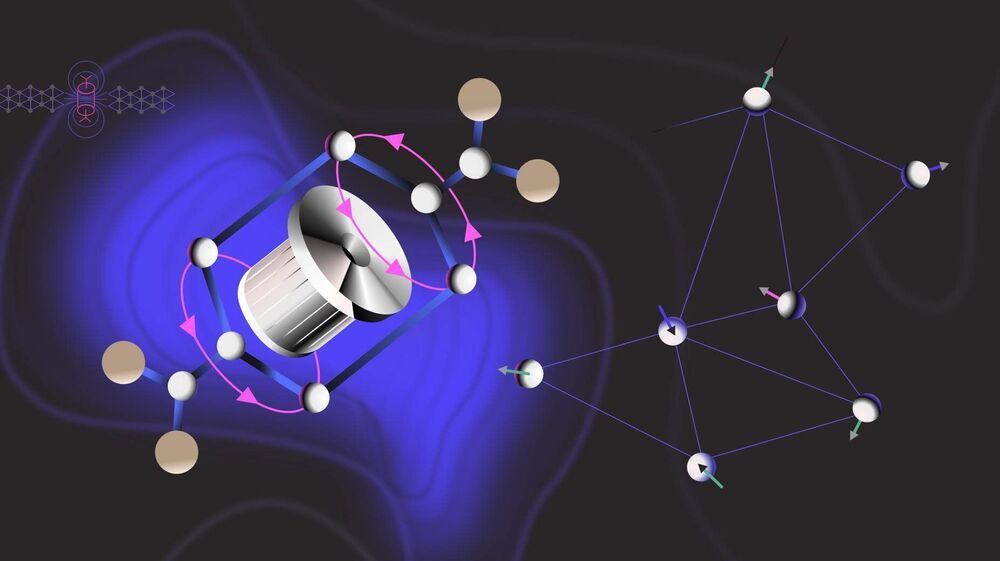Nov 10, 2020
Tiny device enables new record in super-fast quantum light detection
Posted by Saúl Morales Rodriguéz in categories: computing, engineering, quantum physics
Bristol researchers have developed a tiny device that paves the way for higher performance quantum computers and quantum communications, making them significantly faster than the current state-of-the-art.
Researchers from the University of Bristol’s Quantum Engineering Technology Labs (QET Labs) and Université Côte d’Azur have made a new miniaturized light detector to measure quantum features of light in more detail than ever before. The device, made from two silicon chips working together, was used to measure the unique properties of “squeezed” quantum light at record high speeds.
Harnessing unique properties of quantum physics promises novel routes to outperform the current state-of-the-art in computing, communication and measurement. Silicon photonics—where light is used as the carrier of information in silicon micro-chips—is an exciting avenue towards these next-generation technologies.


















